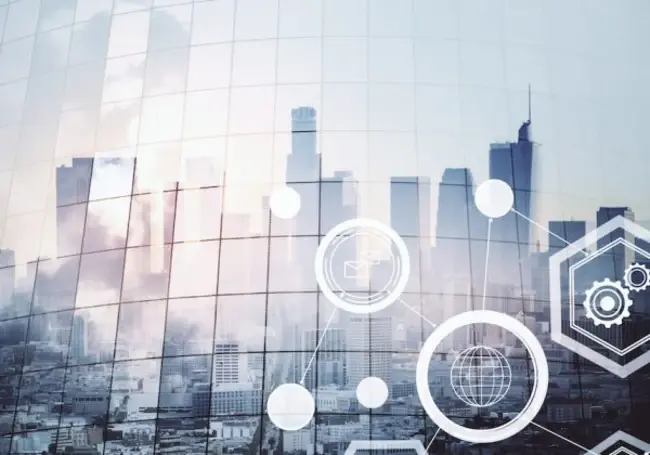
"Everything is getting smarter," according to a new Deloitte report. As technology innovates, more and more companies are beginning to explore the opportunities that AI can bring. Advances in AI are enabling the creation of smart devices that can recognise and react to sounds, sights, and other patterns. Moreover, many of these devices no longer require a consistent connection to the cloud. As a result, companies that adopt these devices are unlocking greater efficiency and effectiveness. In some industries, these devices are also changing the division of profits.
The era of pervasive intelligence
"We are poised to enter an era of pervasive intelligence," the report insists. This term describes the increasingly pervasive nature of AI as new generations of hardware and software develop in consumer and enterprise devices. The innovation of AI chips is just one example of this development. Chip manufacturers are now embedding support for AI directly into devices. Consequently, the companies working on new generation AI chips are attracting significant investment. Last year, these firms raised over $1.5 billion in funding - almost twice the amount raised the prior year. Deloitte also predicts that there will be over half a billion mobile chips running machine learning on smartphones, tablets, and other devices in 2018. Another report forecast that 43% of all AI inference globally will occur on the edge (on machines and devices) by 2023.
The industries benefiting from smart devices
A wide range of industries will benefit from smart devices. According to Deloitte, these technological advancements will reshape company operations and, in some cases, industry dynamics.
- Health care Intelligent machines will change the way health care is delivered, cut costs, and enhance patient well-being. For example, AI powered implants can significantly reduce the frequency of seizures in epilepsy patients.
- Construction Construction sites with drones and smart cameras enables real-time monitoring of progress. As a result, this could prevent delays and reduce material waste - a $160 billion annual cost.
- Logistics and distribution Smart devices also cut costs and increase efficiency in the logistics sphere. An AI powered warehouse means robots can communicate with each other to fulfil orders together.
- Automotive/transportation Autonomous vehicles offer a cheap alternative to traditional car ownership. Vehicles embedded with intelligence can also make parking lots, traffic jams, and gas stations a thing of the past.
- Agriculture Robotic herbicide sprayers use cameras and computer vision to precisely apply herbicide to weeds only. This cuts costs and reduces waste for some farmers by up to 90%.
- Energy A network of wind turbines equipped with sensors can share information about changing wind conditions in real-time. By making adjustments to their speed and blade angles, each turbine increases its power generation.
- Security Smart security cameras alert companies and law enforcement of suspicious activity within real-time. As a result, governments can reduce crime and cut costs.


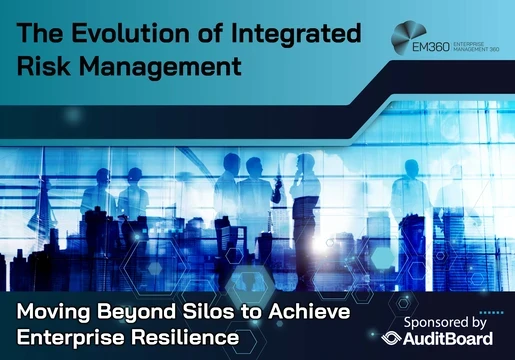



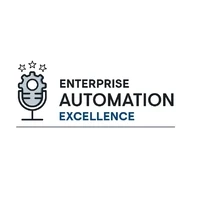


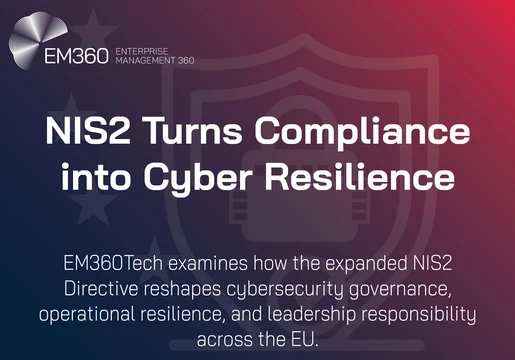

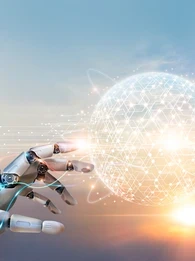
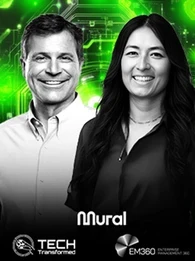

Comments ( 0 )